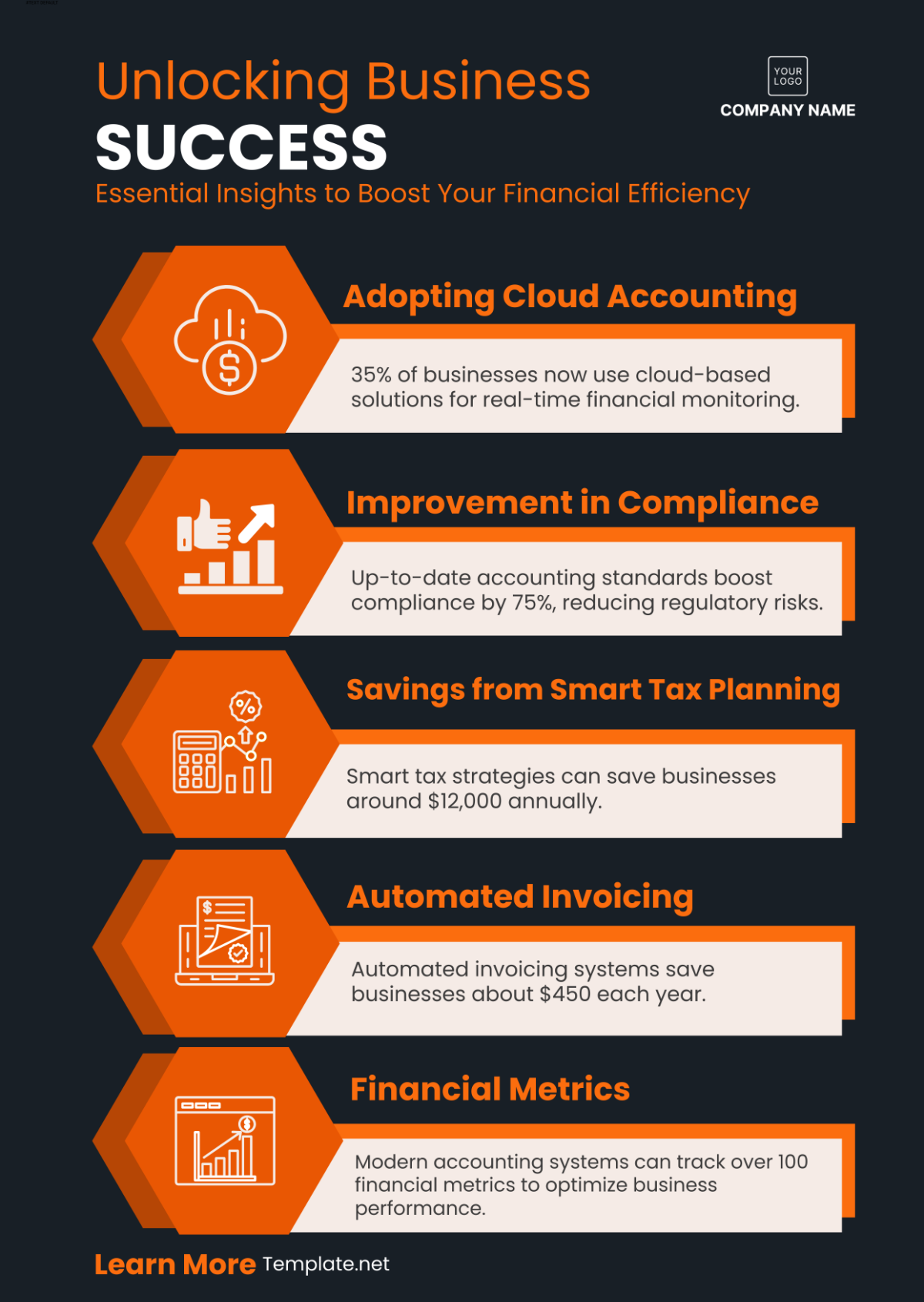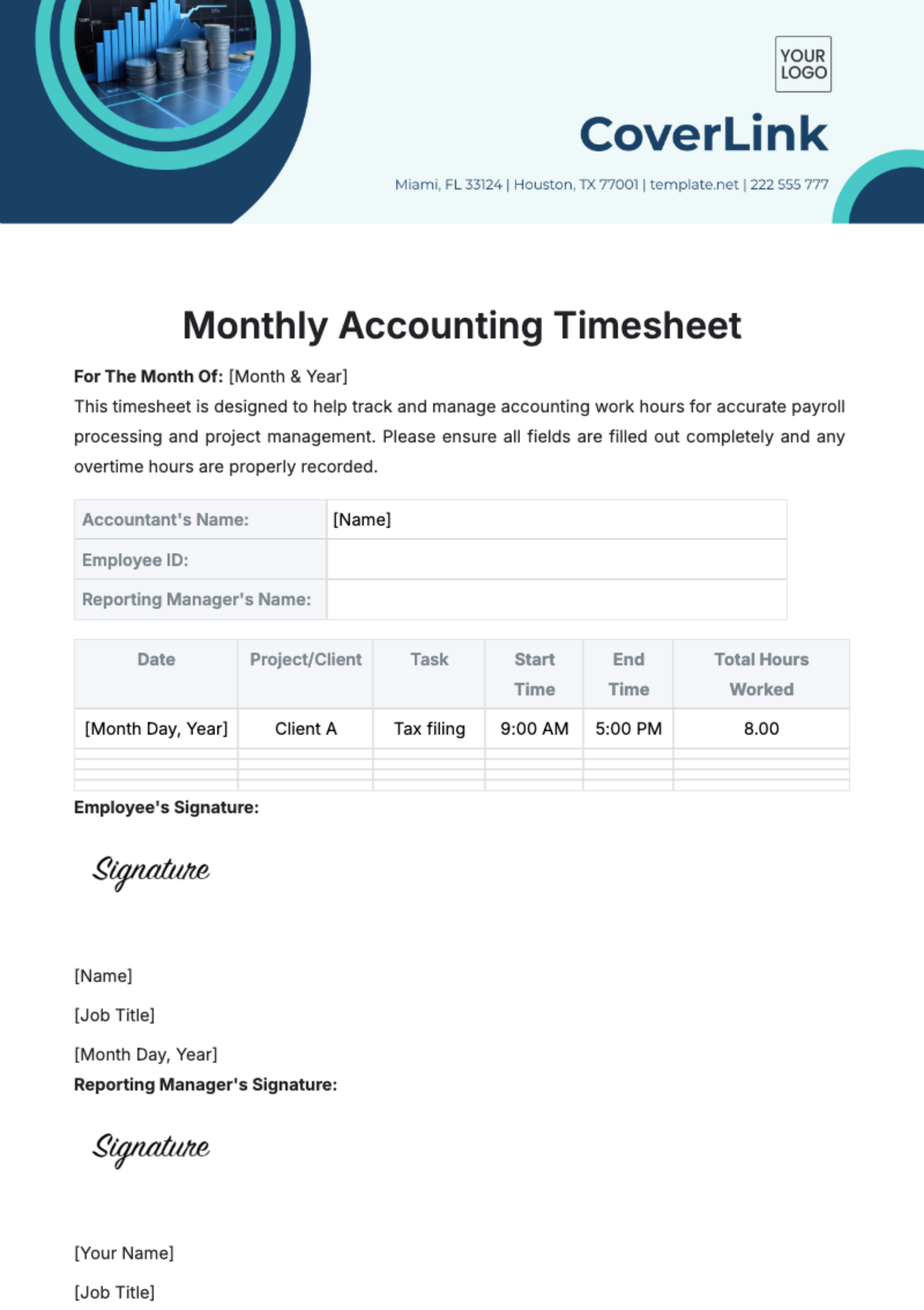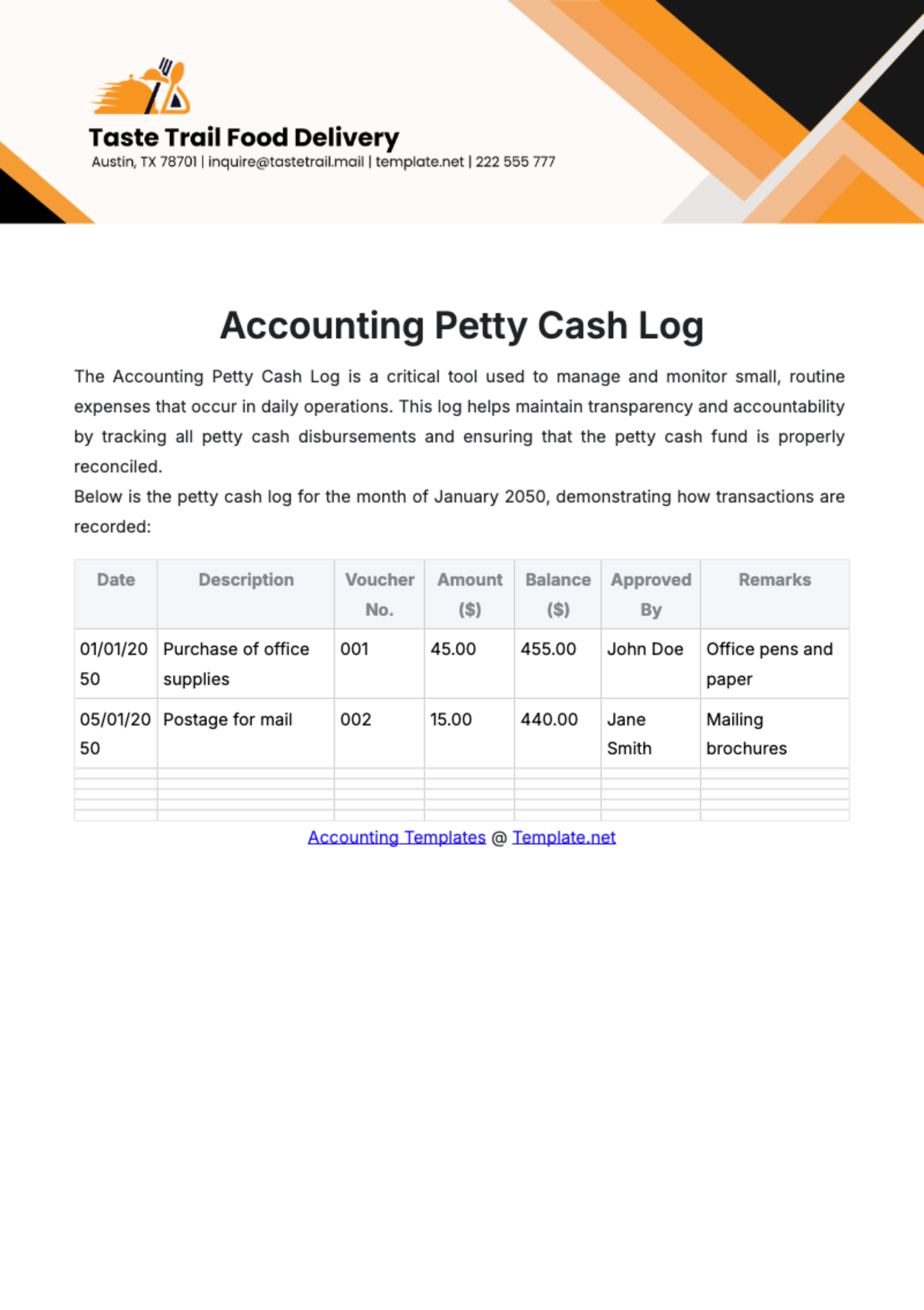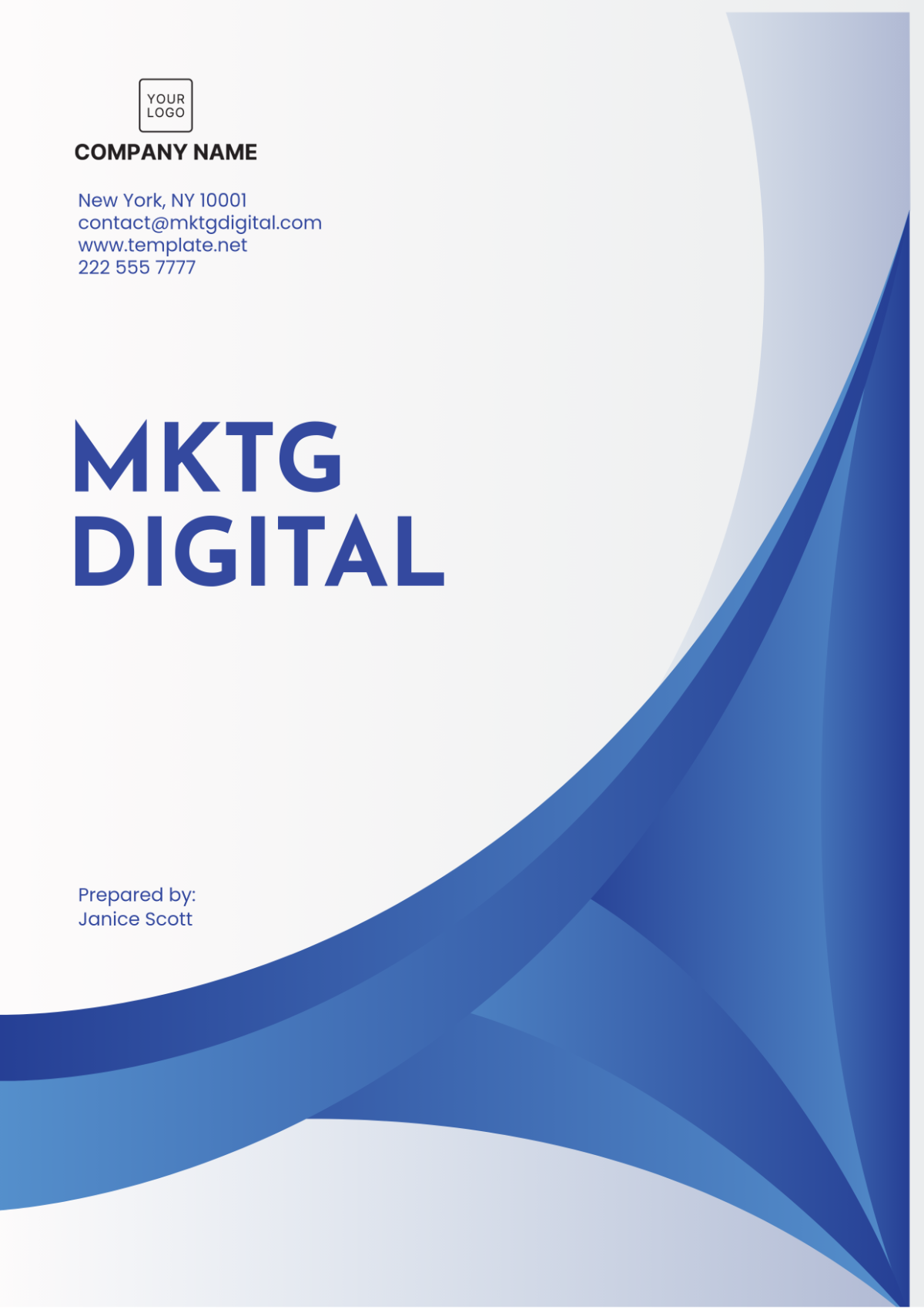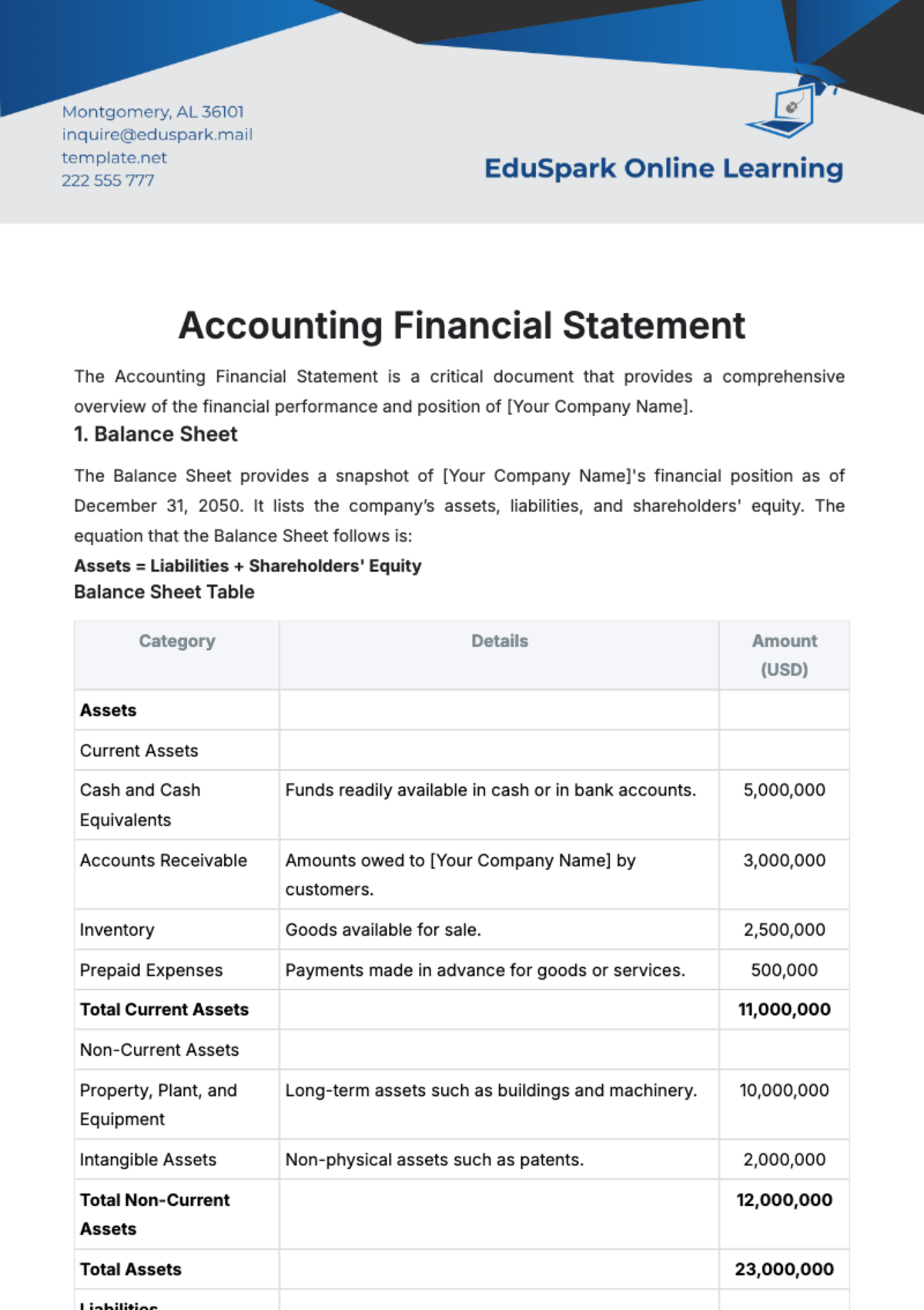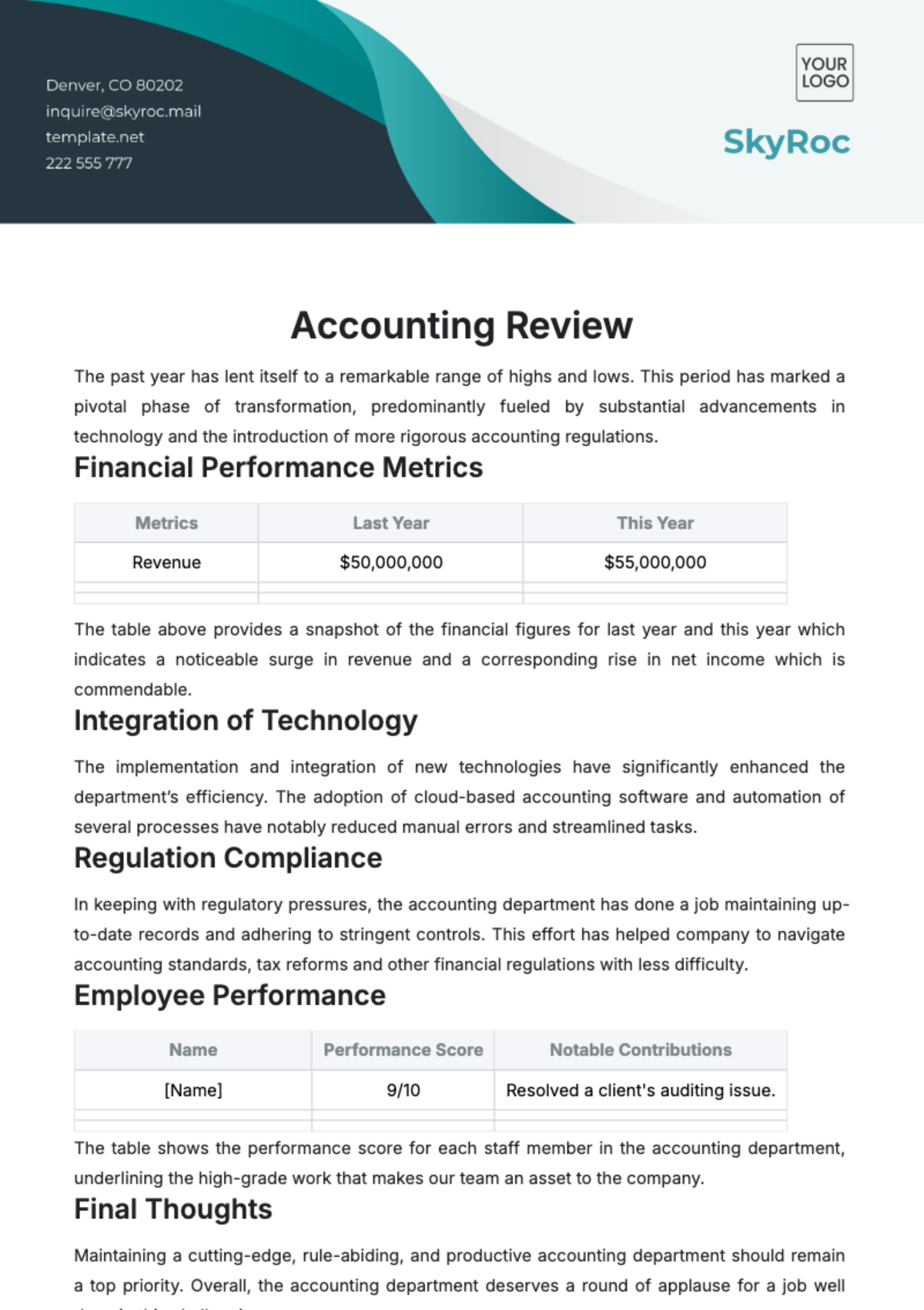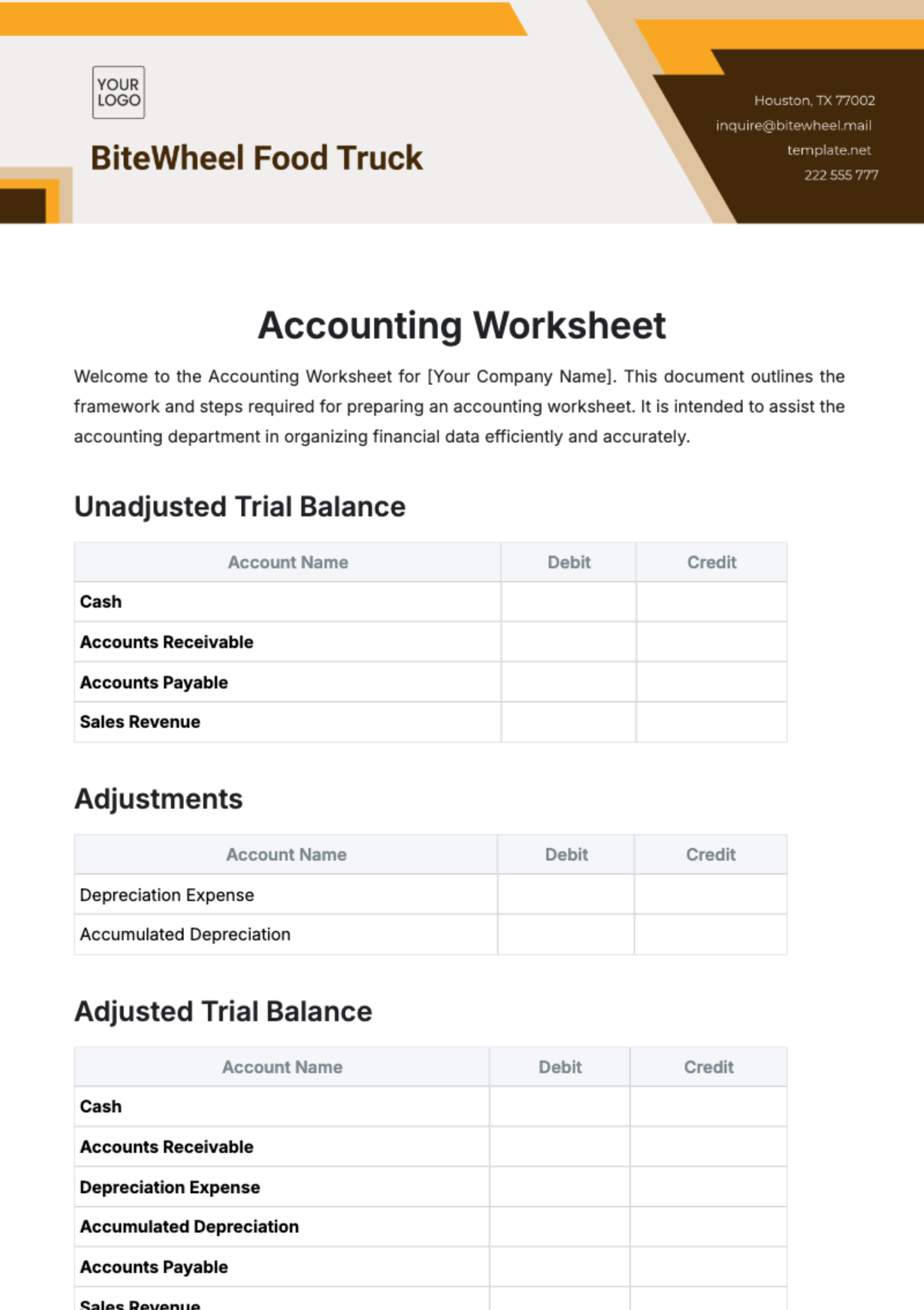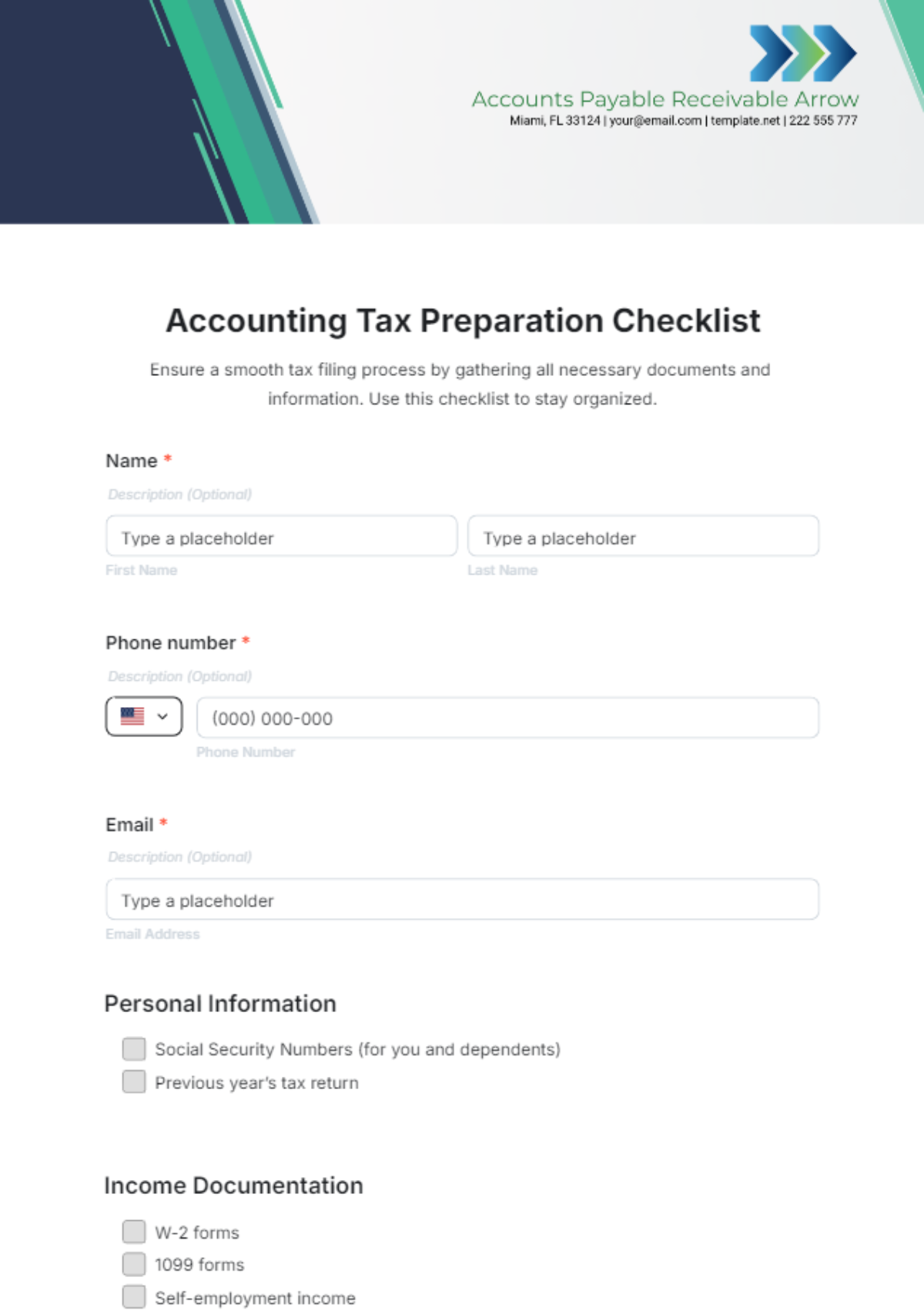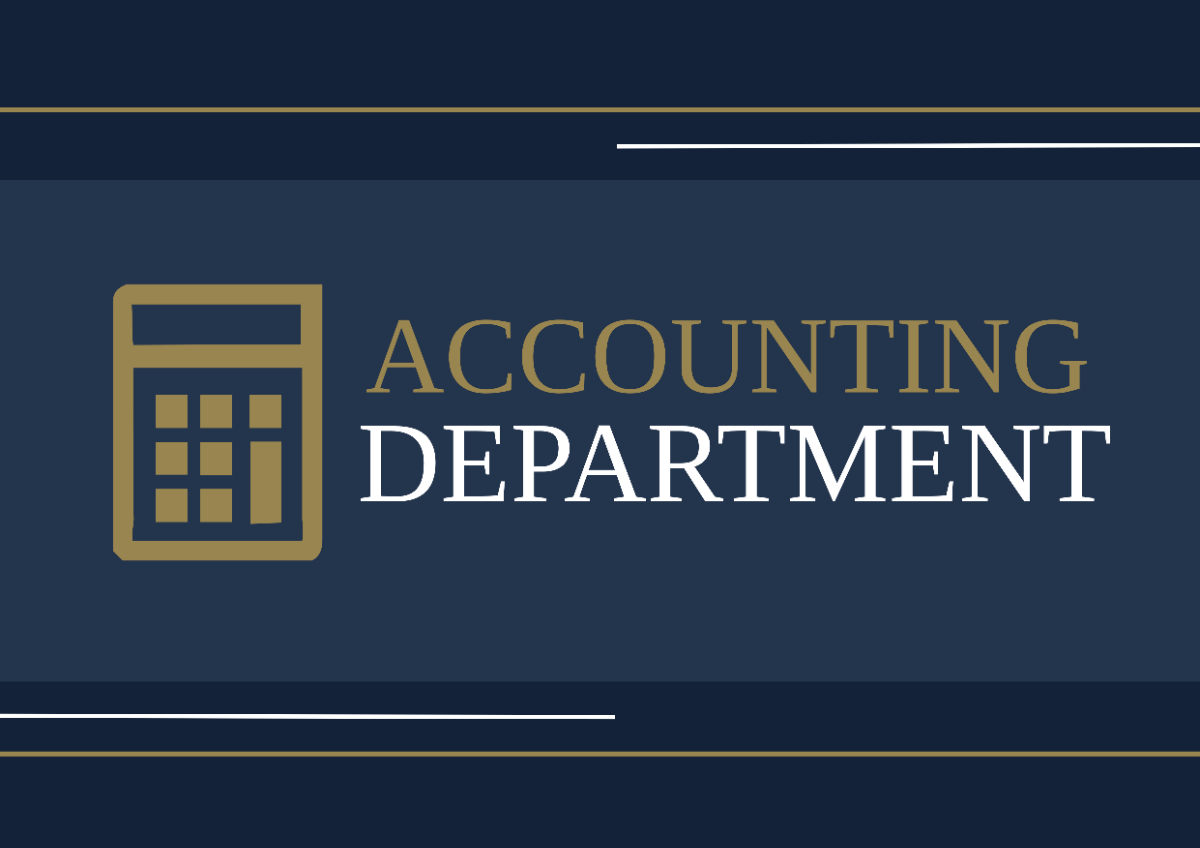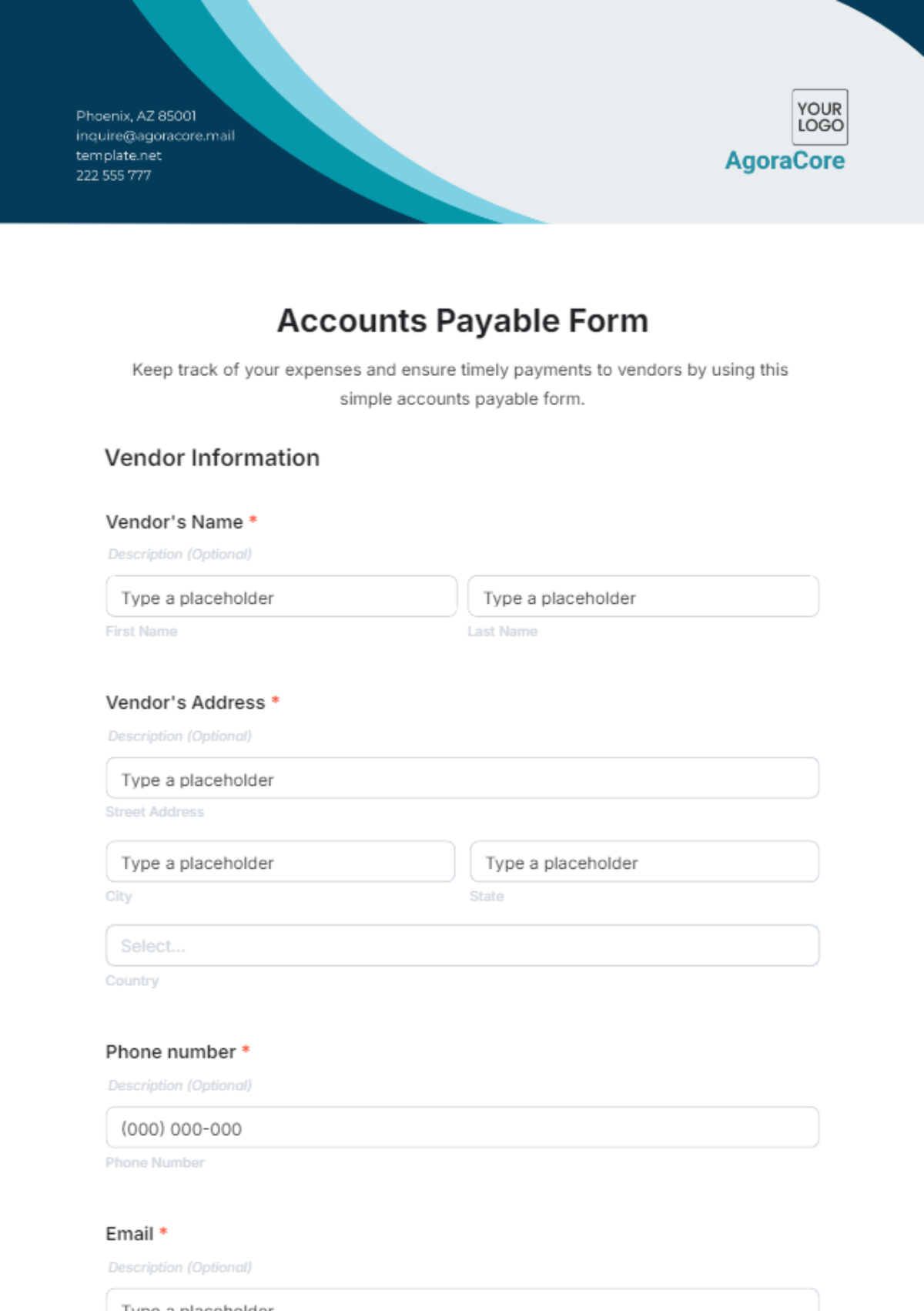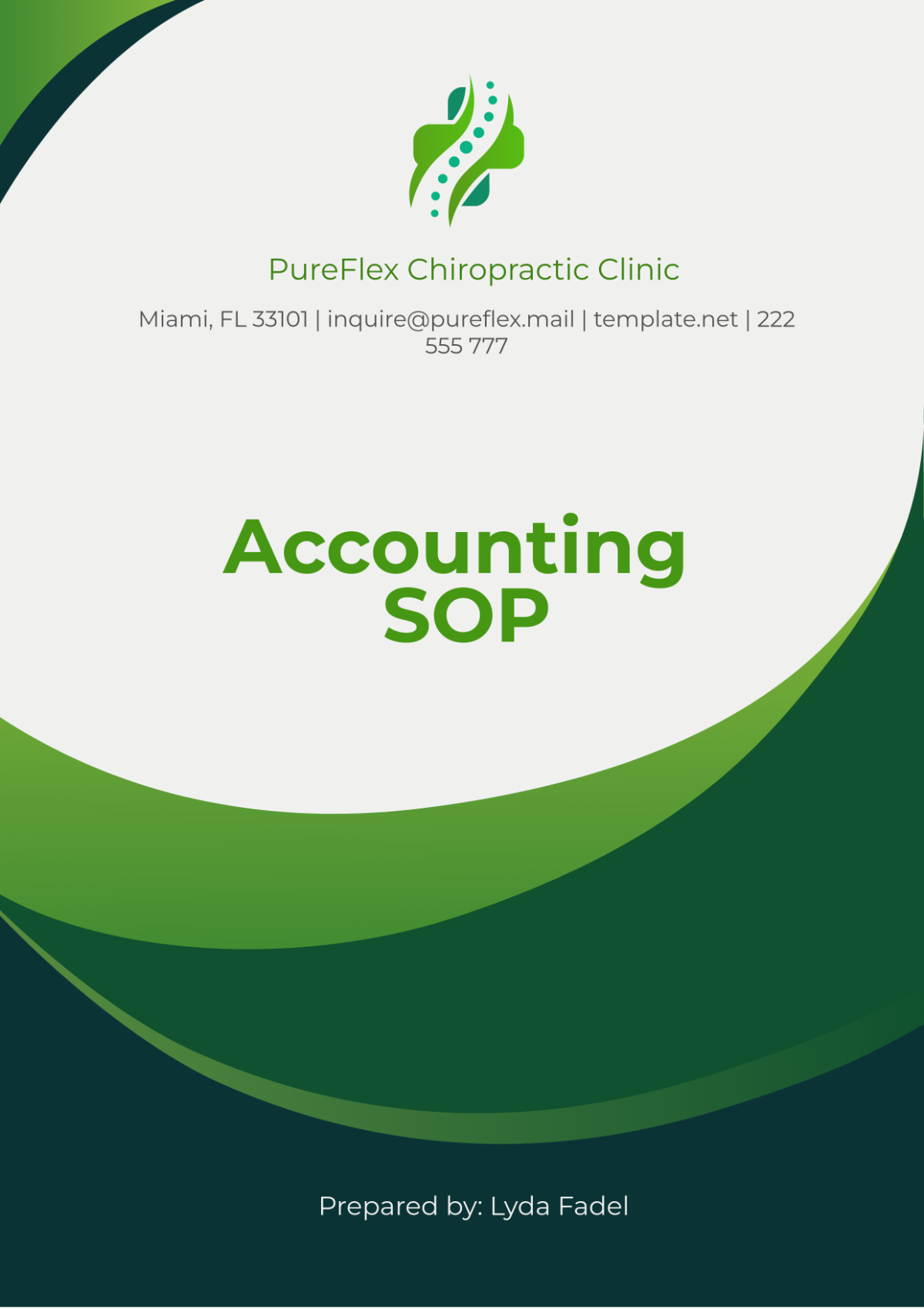Internal Audit Accounting Impact Study
Executive Summary
A. Overview
[Your Company Name], a leading [industry/sector] organization, conducted an Internal Audit Accounting Impact Study spanning from [Start Date] to [End Date]. The primary objective was to assess and enhance the financial integrity of the organization by evaluating existing accounting processes. This study is crucial in ensuring compliance with industry standards, regulatory requirements, and internal policies.
B. Key Findings
The study uncovered significant discrepancies in the organization's financial processes, notably in revenue recognition and expense management. These discrepancies pose a substantial risk, potentially leading to a revenue loss of [$500,000]. Addressing these issues promptly is essential to maintaining the trust of stakeholders and securing the financial sustainability of [Your Company Name].
C. Recommendations
In response to the findings, [Your Company Name] recommends implementing immediate corrective measures. These include the establishment of a real-time transaction monitoring system, comprehensive staff training on updated accounting standards, and the introduction of regular internal audits to sustain financial accuracy and compliance.
Introduction
A. Purpose
The purpose of this Internal Audit Accounting Impact Study is to evaluate the current state of financial processes within [Your Company Name]. By identifying strengths and weaknesses, the study aims to provide actionable insights to enhance financial accuracy, compliance, and overall operational efficiency. The outcomes will contribute to sustaining the organization's financial health and reinforcing its commitment to transparency and accountability.
B. Scope
This study encompasses all financial processes across [Your Company Name], covering areas such as revenue recognition, expense management, regulatory compliance, and adherence to internal policies. The analysis will focus on transactions and activities occurring from [Start Date] to [End Date], providing a comprehensive overview of the organization's financial landscape during this period. The findings will serve as a foundation for targeted improvements and strategic decisions in [Your Company Name]'s financial management.
Methodology
A. Data Collection
To ensure a comprehensive understanding of [Your Company Name]'s financial processes, a multifaceted approach to data collection was employed. This involved:
Interviews: Conducted one-on-one interviews with key financial personnel, including CFO, controllers, and accounting staff, to gain insights into the existing processes, challenges, and perceived areas for improvement.
Document Reviews: Thoroughly examined financial documents, including income statements, balance sheets, and transaction records. This allowed for the identification of anomalies and discrepancies.
System Analysis: Utilized advanced analytical tools to assess the existing accounting systems and their integration with other organizational processes. This helped identify potential gaps and areas for optimization.
B. Sampling
A stratified random sampling approach was adopted to ensure a representative analysis of various financial processes. The sampling strategy included:
Departmental Representation: Ensured that each department within [Your Company Name] was proportionally represented to capture specific challenges and nuances related to their financial activities.
Time-based Sampling: Segmented the Start Date to End Date period into intervals, allowing for a detailed examination of monthly, quarterly, and annual financial processes.
Transaction-based Sampling: Selected a subset of transactions from each department, considering the volume and significance, to identify patterns and irregularities.
Current State Analysis
A. Financial Processes
Revenue Recognition
The analysis of revenue recognition practices revealed discrepancies in the timing of revenue recorded. The impact of this inconsistency amounted to a potential revenue loss of [$300,000] in the past fiscal year.
Month | Actual Revenue | Recognized Revenue | Discrepancy |
|---|---|---|---|
January | [$1,000,000] | [$900,000] | [$100,000] |
Expense Management
An in-depth analysis of the expense management process highlighted inefficiencies leading to overspending. The identified issues contributed to an excess expense of [$200,000] in the past fiscal year.
Category | Actual Expenses | Approved Budget | Excess Spending |
|---|---|---|---|
Marketing | [$400,000] | [$350,000] | [$50,000] |
B. Compliance
Regulatory Compliance
The assessment of regulatory compliance identified instances where [Your Company Name] deviated from industry regulations, potentially exposing the organization to legal risks.
Internal Policies
An analysis of adherence to internal accounting policies indicated gaps in documentation and reporting procedures, affecting the overall transparency and reliability of financial information.
Impact Assessment
A. Financial Impact
The discrepancies identified in revenue recognition and expense management have substantial financial implications for [Your Company Name].
Revenue Impact
The total revenue impact due to discrepancies in recognition amounts to [$300,000]. This loss represents approximately [10%] of the overall revenue for the past fiscal year. The breakdown of this impact across months reveals a consistent pattern of under-recognition, particularly in January and March.
Month | Recognized Revenue Loss | Percentage of Monthly Revenue Loss |
|---|---|---|
January | [$100,000] | [10%] |
Expense Impact
The excess spending in various categories resulted in an increased expense of [$200,000]. This additional expenditure accounts for [5%] of the total approved budget, indicating a significant budgetary overspend. The breakdown by expense category demonstrates areas of particular concern.
Category | Excess Spending | Percentage of Budget Overspend |
|---|---|---|
Marketing | [$50,000] | [14.29%] |
B. Operational Impact
Beyond financial consequences, the identified discrepancies have notable operational impacts.
Resource Allocation
Inefficient expense management has led to misallocation of resources, impacting departmental budgets and hindering strategic initiatives. The misalignment of actual spending with budgeted amounts has strained the organization's ability to allocate resources effectively.
Stakeholder Trust
The financial discrepancies, if not addressed promptly, may erode stakeholder trust. This includes investors, who rely on accurate financial reporting for decision-making, and business partners, who expect transparency and reliability in financial dealings. The potential damage to stakeholder trust can have long-lasting effects on the organization's relationships and strategic collaborations.
Risk Analysis
A. Identified Risks
The internal audit revealed several risks associated with the identified discrepancies.
Financial Risks
Increased risk of financial misstatements affecting regulatory compliance.
Potential legal consequences due to non-compliance with industry regulations.
Reputational Risks
Risks to the organization's reputation due to perceived financial mismanagement.
B. Mitigation Strategies
To mitigate the identified risks, [Your Company Name] recommends implementing the following strategies:
Enhanced Monitoring Systems
Invest in advanced monitoring systems to detect and rectify discrepancies in real-time, reducing the risk of financial misstatements. Automation of data reconciliation and continuous monitoring will enhance the organization's ability to identify and address issues promptly.
Training Programs
Conduct comprehensive training programs to enhance staff awareness of updated accounting standards and compliance requirements. A well-informed workforce is crucial in ensuring that financial processes are executed accurately and in accordance with industry regulations. Training programs should be tailored to address specific challenges identified in the audit.
Legal Compliance Team
Establish a dedicated team to monitor and ensure compliance with industry regulations. This team will be responsible for staying abreast of changes in regulatory requirements, conducting regular audits to ensure compliance, and advising the organization on legal matters related to financial processes. By proactively addressing legal compliance, [Your Company Name] can mitigate the risk of facing legal consequences.
Communication Strategy
Develop a transparent communication strategy to address stakeholder concerns and rebuild trust. This includes proactively communicating the steps taken to address the identified discrepancies, the implementation of enhanced monitoring systems, and ongoing training initiatives. Transparent communication will demonstrate the organization's commitment to rectifying issues and maintaining high standards of financial integrity.
Recommendations for Improvement
A. Process Enhancement
Implement Real-time Transaction Monitoring
To fortify financial processes, [Your Company Name] proposes the implementation of a real-time transaction monitoring system. This advanced system will enable the Finance Department to promptly identify discrepancies, ensuring accurate and timely recognition of revenue. The proposed timeline for this enhancement is as follows:
Research and Select Monitoring Tools:
The Finance Department will initiate the process by researching and selecting suitable monitoring tools within the first month after the study begins.
Conduct Training on Tool Usage:
Once the tools are identified, the IT and Finance Departments will collaborate to conduct training sessions on tool usage. This will ensure that staff members are adept at leveraging the monitoring system, reducing the likelihood of errors. The training sessions are anticipated to commence within the second month of the study.
Implement Real-time Monitoring System:
The IT Department will be responsible for implementing the real-time monitoring system. This implementation is scheduled to be completed within the third month after the study's initiation.
Staff Training on Updated Accounting Standards
In response to identified discrepancies, [Your Company Name] recommends comprehensive training on updated accounting standards. This initiative aims to enhance the skills and awareness of the Finance Department regarding the latest accounting practices. The proposed timeline for this enhancement is outlined below:
Identify Updated Accounting Standards:
The Finance Department will commence the identification of updated accounting standards within the first month of the study.
Develop Training Modules:
Collaboratively, the HR and Finance Departments will develop tailored training modules based on the identified standards. This development phase is expected to span the second month of the study.
Conduct Training Sessions:
Training sessions will be conducted by the HR and Finance Departments in the third month of the study. These sessions will ensure that all staff members are well-versed in the latest accounting standards.
B. Training and Development
Finance Team Training Program
To bolster the skills of the Finance Team, [Your Company Name] proposes a specialized training program. External consultants will be engaged to provide insights into advanced revenue recognition practices and optimal expense management. The timeline for this initiative is as follows:
Advanced Revenue Recognition Practices:
An external consultant will conduct a training session on advanced revenue recognition practices in the second month after the study begins.
Expense Management Best Practices:
In the third month of the study, internal finance experts will lead a training session focusing on best practices in expense management.
Cross-Departmental Workshops
Recognizing the importance of collaboration, [Your Company Name] recommends cross-departmental workshops. These workshops, led by the HR and Finance Departments, will facilitate interdepartmental collaboration for more effective budgeting. The proposed timeline for these workshops is within the fourth month of the study.
Implementation Plan
A. Timeline
The implementation plan for the recommended improvements is as follows:
Action Item | Timeline |
|---|---|
Implement Real-time Transaction Monitoring | [January 15, 2050 + 3 months] |
B. Responsibilities
Assigning responsibilities is crucial for successful implementation:
Action Item | Responsible Party |
|---|---|
Implement Real-time Transaction Monitoring | IT Department |
The responsible parties are accountable for the successful execution of each action item within the specified timeline.
Monitoring and Evaluation
A. Key Performance Indicators (KPIs)
To assess the effectiveness of the implemented improvements, [Your Company Name] will monitor key performance indicators (KPIs) closely. The following KPIs will be tracked:
Accuracy of Revenue Recognition:
Measure: Discrepancy between actual revenue and recognized revenue.
Target: Reduce the discrepancy to less than [2%] within the first quarter post-implementation.
Expense Management Efficiency:
Measure: Percentage of budget overspend.
Target: Decrease budget overspend to less than [5%] within the first two quarters post-implementation.
Employee Compliance with Updated Accounting Standards:
Measure: Completion rates of training modules.
Target: Achieve a 100% completion rate within the first month of training.
Real-time Monitoring System Effectiveness:
Measure: Time taken to detect and rectify discrepancies.
Target: Achieve a reduction of [50%] in detection and resolution time within the first quarter post-implementation.
B. Regular Audits
To ensure sustained improvement, [Your Company Name] will conduct regular internal audits. These audits will evaluate the ongoing effectiveness of the implemented measures, identify emerging issues, and provide continuous feedback for refinement. Internal audits will be conducted quarterly, with a comprehensive annual audit to assess the overall impact and progress made.
Conclusion
The Internal Audit Accounting Impact Study has provided valuable insights into the financial processes of [Your Company Name]. The recommended improvements aim to enhance accuracy, compliance, and operational efficiency. The proactive measures outlined in this report, combined with rigorous monitoring and evaluation, will contribute to the organization's long-term financial health and integrity.
For further details or inquiries, please contact:
[Your Name]
[Your Company Email]
[Your Company Number]







